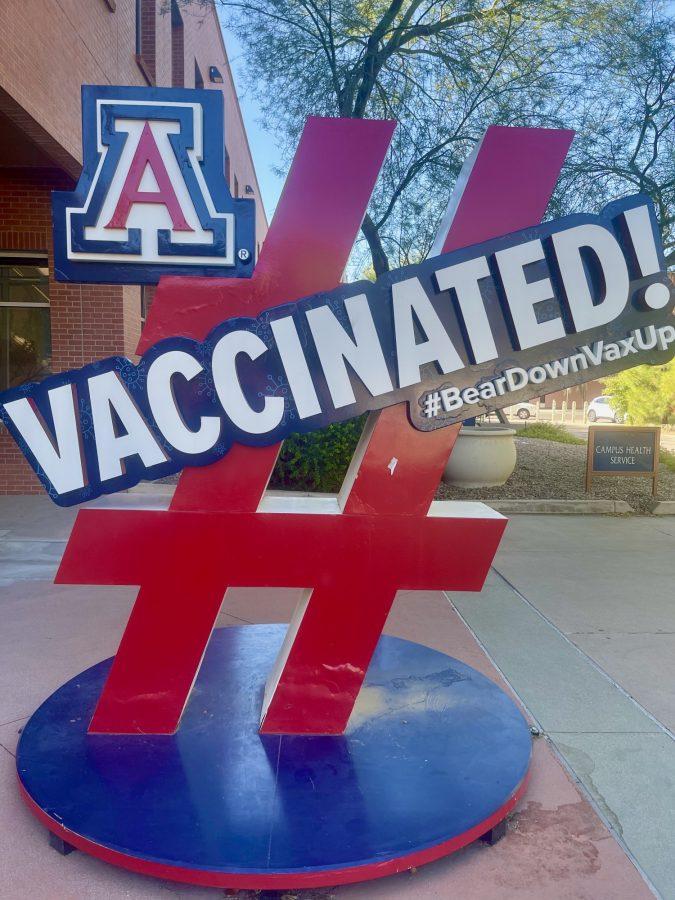Fall’s highly anticipated cooler weather also brought the start of flu season to Arizona, and health officials are warning this year’s flu circulation could be severe.
The Arizona Influenza and RSV Summary from the Arizona Department of Health Services for the week of Oct. 16-22 shows hundreds more laboratory-confirmed cases of flu than there are in an average year at this time.
Data for the University of Arizona suggests a similar pattern. There have already been around 50 confirmed cases of the flu from campus labs since Aug. 1, according to David Salafsky, Director of Health Promotion and Preventive Services at UA Campus Health.
For comparison, the 2018-19 flu season had around 54 on-campus positives in total, according to Salafsky. The average number of confirmed cases from the last five flu seasons is 90. With 50 cases confirmed in the first month of flu season, the university is already on track to be above average.
It’s important to remember that county and state numbers only represent laboratory confirmed flu cases, which is limited to people who went to a doctor to get tested. Similarly, campus numbers only record students who visited Campus Health. Many people don’t go to the doctor when they have the flu, so these figures are used to estimate community spread, according to Dr. Theresa Cullen of the Pima County Health Department.
“The fact that we’re seeing confirmed cases at this high level this early in the season is concerning to us,” Cullen said.
Flu season severity is also predicted based on flu circulation in the Southern Hemisphere since people in the Southern Hemisphere experience winter before us, according to Amy Blackburn, Immunization and Infection Prevention Manager at Campus Health. Reports have shown increased cases of flu in that hemisphere, which includes Australia, Indonesia and Brazil, according to Blackburn.
Campus Health offered flu vaccines to students and staff earlier this year in an effort to increase immunity, according to Blackburn. Students can still make their flu shot appointments on PatientLink.
As of Oct. 15, 128.4 million doses of the flu vaccine have been distributed in the United States. Last year’s national flu vaccination rate was about 50%, according to the CDC. Health officials would like to see a flu vaccination rate closer to 70% to mitigate spread, according to Dr. Cullen.
“One of the problems with influenza is that it affects the entire age span. Littles can get influenza, young adults and elders, everybody in between,” Cullen said. “So the more people that can get vaccinated, the better. Just like COVID, influenza can have serious post-viral symptoms.”
After nearly three years of the COVID-19 pandemic, health officials are trying to combat vaccine exhaustion by making vaccinations easy to get, according to Cullen. Most people are eligible for a free flu vaccine available at grocery stores, pharmacies and pop-up clinics.
Albertsons is offering free flu shots at their stores, plus 10% off a grocery order of $200 or less to try to get more Arizonans vaccinated. Fry’s is also offering free shots plus $5 off grocery purchases when you get a flu shot before Nov. 5.
*El Inde Arizona is a news service of the University of Arizona School of Journalism.
Follow the Daily Wildcat on Twitter














